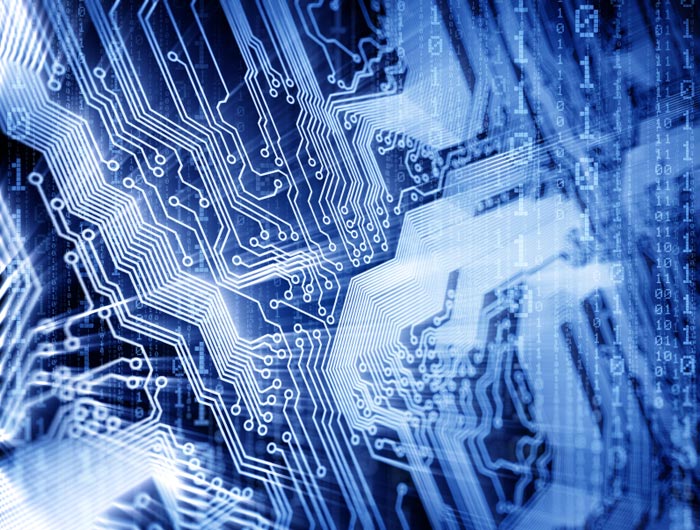
With 4D printing, the element of time becomes part of the printing system, resulting in materials that emerge with one shape but then morph into another.

In a big step forward, physicists achieved the first-ever demonstration of storing and retrieving quantum data from the nucleus of a solitary atom embedded in silicon.

To help prepare local innovators for this IoT- and AI-enabled future, and forge new technology alliances in the process, Microsoft is making its product and research groups available to area developers.

The University of Bristol is leading a £3m project to build the world’s largest ARM-based supercomputer.

Made In Space is an US manufacturer of the world’s first microgravity 3D printer. As of April 2017, the company has produced 39 objects including spare parts for NASA, and components for medical research.

SeaBubbles will debut their flying water taxi, powered by electricity, on the River Seine in Paris this summer.

Sir Richard Branson has raised the prospect of planes being made entirely from the so-called wonder material graphene within 10 years, as the airline industry battles a 50pc increase in fuel in the last 12 months, sparking a desperate need for ever lighter fleets.

We all know, or at least suspect, that robots are taking people’s jobs, but new research shows the dramatic degree to which industrial robots are replacing human workers and forcing down wages.

Tech billionaire Elon Musk is announcing a new venture called Neuralink focused on linking brains to computers.

Seven European countries announced a joint initiative to acquire and deploy world-class high-performance computers. EuroHPCEuroHPC aims to deploy so-called exascale computers that are capable of at least 10 to the 18th power calculations per second.

Pairing augmented reality with diminished reality provides a superior visual experience and could help grow the AR market.

Is there a uniform set of moral laws, and if so, can we teach artificial intelligence those laws to keep it from harming us? This is the question explored in an original short film recently released by The Guardian.

Researchers at Eindhoven University of Technology have come up with a surprising solution: a wireless network based on harmless infrared rays. The capacity is huge - more than 40Gbit/s per ray.

Dubai-based construction firm Cazza this week announced plans to build the world’s first-ever 3D-printed skyscraper. Cazza has dubbed its new technique for high-rise building - ‘crane painting’.

With the goal of tackling rush hour traffic around the world, the companies have essentially created a car paired with a drone that can swoop down, pick it up and transport passengers far above the traffic below.